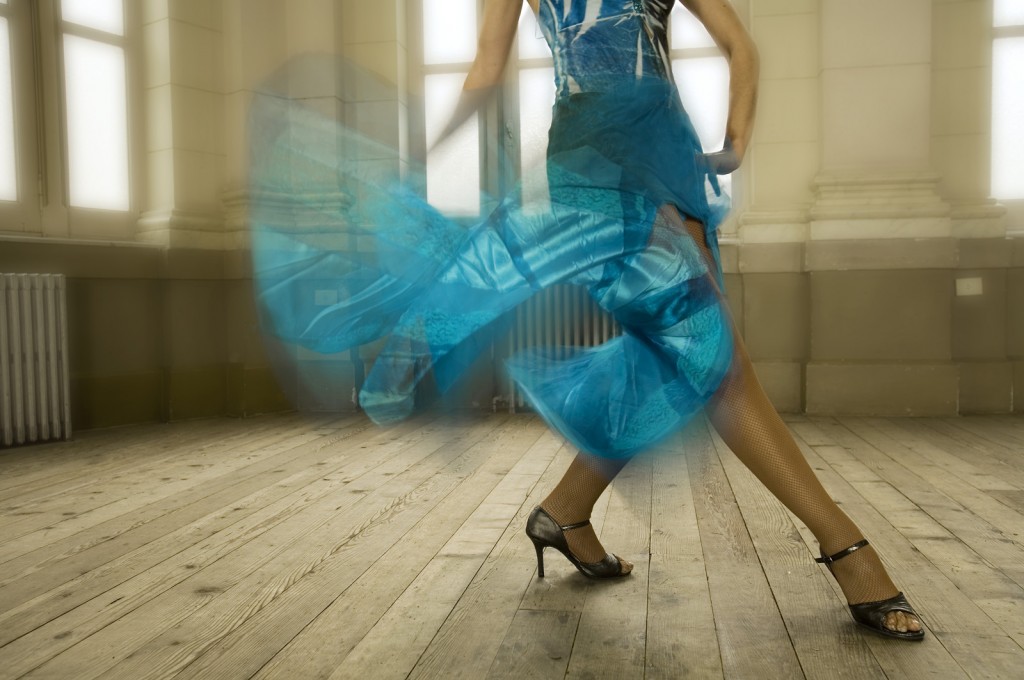THE HISTORY OF TANGO FASHION

When we think of tango, images of a red dress, legs entwining and red roses flash through our minds. The fashion of tango has come a long way from the working-class neighbourhoods of Buenos Aires to the internationally well-known dance of passion and love.
When tango began in Argentina, so did the fashion associated with the dance. The middle and upper classes first referred to the clothing as ‘indecent’ and ‘vulgar’ as the dresses were very revealing for that time.
Later as the tango became popular around the world the fashion also became popular. The fashion industry in the 1910’s in particular was influenced by the tango as the dance moved to cabarets, dance halls and ballrooms in Paris, London and New York.
Women’s dresses had to be designed using lighter material and had to fit loosely on the figure to accommodate the dance moves – the close embraces and the leg extensions. ‘Satin tango’ (orange and yellow satin) was the most popular dress-making material. In 1913, designers were advertising the ‘Tango Visite’ dress, which featured a loose transparent bodice and a skirt shortened to the mid-calf. It was racy for the time but the audiences lapped up the costumes and it added to romance of the dance. Corsets were also influenced by the tango culture, as a specific dance corset was designed to make upper body movement much easier and less restrictive for women.
After the decline of tango in the 1950’s, tango made a courageous comeback internationally in the 80’s and 90’s.The traditional tango outfits became popular once more. The stage-based fashion of tango also started to enter into everyday life with modern aspects of fashion influencing the clothing.
Tango fashion wouldn’t be where it is today without the movie culture behind it. From small influences such as True Lies and Schindlers List to major influences such as Moulin Rouge and Chicago; these films have all been a part of the continued romance of the fashion of tango.
